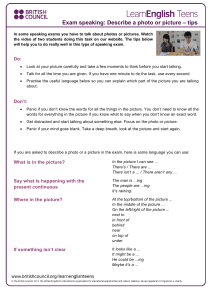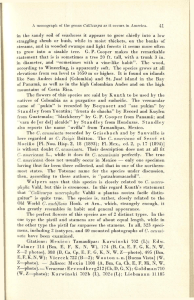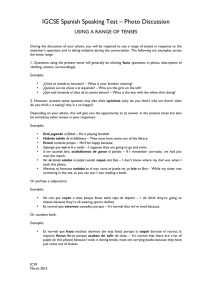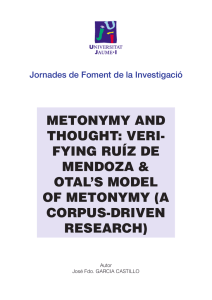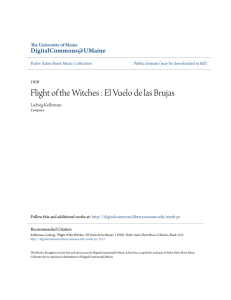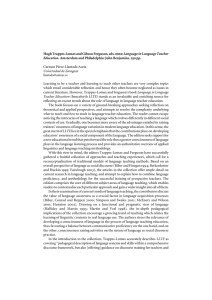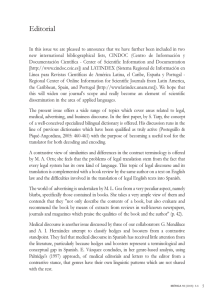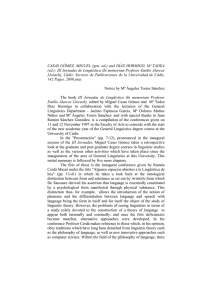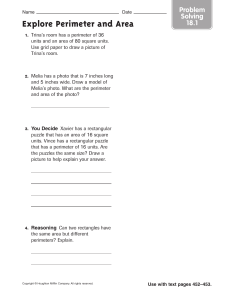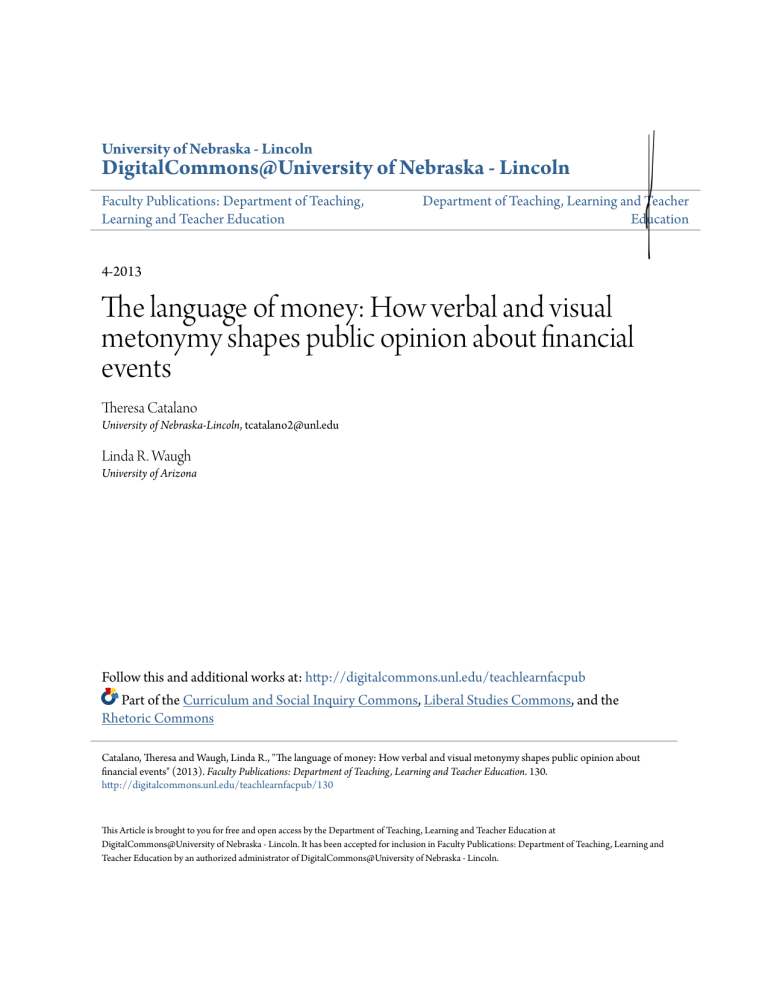
University of Nebraska - Lincoln DigitalCommons@University of Nebraska - Lincoln Faculty Publications: Department of Teaching, Learning and Teacher Education Department of Teaching, Learning and Teacher Education 4-2013 The language of money: How verbal and visual metonymy shapes public opinion about financial events Theresa Catalano University of Nebraska-Lincoln, [email protected] Linda R. Waugh University of Arizona Follow this and additional works at: http://digitalcommons.unl.edu/teachlearnfacpub Part of the Curriculum and Social Inquiry Commons, Liberal Studies Commons, and the Rhetoric Commons Catalano, Theresa and Waugh, Linda R., "The language of money: How verbal and visual metonymy shapes public opinion about financial events" (2013). Faculty Publications: Department of Teaching, Learning and Teacher Education. 130. http://digitalcommons.unl.edu/teachlearnfacpub/130 This Article is brought to you for free and open access by the Department of Teaching, Learning and Teacher Education at DigitalCommons@University of Nebraska - Lincoln. It has been accepted for inclusion in Faculty Publications: Department of Teaching, Learning and Teacher Education by an authorized administrator of DigitalCommons@University of Nebraska - Lincoln. International Journal ofLanguage Studies Volume 7, Number 2, April2013, pp. 31-60 The language ofmoney: How verbal and visual metonymy shapes public opinion about financial events Theresa CATALAN o, University of Nebraska-Lincoln, USA Linda R. WAUGH, University of Arizona, USA "Everything means something," Lyra said, "we just have to find out how to read it." (from Lyra's Oxford by Philip Pullman) Much recent work on metonymy has concentrated on its definition, properties and functions (Benczes, Barcelona & Ruiz de Mendoza Ibáñez, 2011) but few studies have examined the combination ofverbal and visual metonymy or the benefits of multimodal metonymical analysis in issues of social justice. In this paper eleven news articles regarding issues in financial discourse such as the financial crisis, fiscal cliff, underwater homeowners and entitlements are examined visually and verbally from a variety of online newspaper sources. Results reveal intricate visual and verbal metonymies such as EFFECT FOR CAUSE, RESULT FOR ACTION, INSTITUTION FOR PERSON, DEFINING PROPERTY FOR CATEGORY and BODY PART FOR ACTION that aid in hiding or highlighting events and act as ideology carriers that are difficult to detect. The unique contribution of this article lies not only in the exposure of linguisticjnon-linguistic strategies used to mitigate the role of those responsible for the financial crisis, or to shape public opinion on a particular policy or issue, but also in the attention it gives to metonymy's role (in text and image) in the positive representation of corporate America whieh, we will argue, has resulted in few repercussions for the financial sector. Keywords: Financial Crisis; Fiscal Cliff; Metaphor; Underwater Homeowners; Entitlements; Metonymy; Multimodal Analysis; Financial Discourse 1. Introduction 1 Does the topie of finance alter your mood? Have you recently felt like falling off a cliff? More and more the hyperbolic language of the financial world has 1 The authors would like to thank Kristen Nugent (espeeially for her eareful eye in editing), Ron Breiger, Luigi Catalano, lsabella Catalano and Lorenzo Catalano for their suggestions and thoughts related to financial events. Thanks also to Valentina Catalano for reading aloud Lyra's Oxford atthe time this paper was written. lSSN: 2157-4898; ElSSN: 2157-4901 © 2013 lJLS; Printed in the USA by Lulu Press lne. 2. Background 2.1. How metonymy works in text and image ibid Wall Street Journal Photo 1. Photo 2 ibid 2.2. Research on metonymy and language of finance The Little Blue Book ibid 3. Method Wall Street Journal Washington Post New York Times Los Angeles Times US News Antconc 3.2 4 4. Results and discussion 4.1. Financial crisis placing blame, deflecting blame, looking for solutions, predicting the future economy Wall Street Journal Photo 3 ibid ibid Photo 4 Photo 5 ibid Photo 6 Photo 7. 4.2. Fiscal cliff Use of Fiscal Cliff in Three Different Online Newspapers fiscal cliff Photo 8. ibid 7 Photo 9. 4.3. Underwater home Photo 10 Photo 11 4.4. Entitlements Photo 12. Major Metonymies in Verbal Analysis Type of metonymy Examples from texts Major Metonymies in Visual Analysis Type of metonymy 5. Conclusion Examples from texts The Authors References Defining metonymy in cognitive linguistics: Toward a consensus view, Mythologies Defining metonymy in cognitive linguistics: Toward a consensus view, Defining metonymy in cognitive linguistics: Toward a consensus view. Ways of seeing Neoliberalism and applied linguistics. Predator nation The International Journal of the Image, 2 New labour, new language Untying the text: A post-structural anthology Narrative discourse: An essay in method linguistics: Toward a Defining metonymy in cognitive consensus view linguistics: Toward a Defining metonymy in cognitive consensus view, USA Today Language, mind, and culture Reading images: The grammar of visual design The little blue book: The essential guide to thinking and talking democratic The semantics of metaphor International Journal of English Studies, 11 The modes of modern writing Introduction to multimodal analysis How to do critical discourse analysis The language of crime and deviance: An introduction to critical linguistic analysis in media and popular culture. The Journal of Politics, 72 Multimodal Metaphor Journal of the Spanish Association of AngloAmerican Studies, 33 Journal of Management Studies, 48 Journal of Pragmatics, 42 Metaphor and thought Discourse and practice: New tools for critical discourse analysis. Discourse and elite racism Methods of Critical Discourse Analysis Appendix A: Texts used in the corpus
